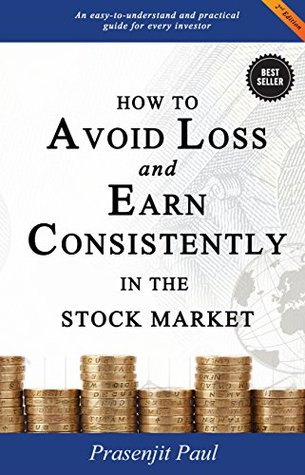More on this book
Community
Kindle Notes & Highlights
Read between
May 22 - May 23, 2018
If investors can dedicate the same amount of time before purchasing a stock, then I would not have considered writing this book!
Customer lock-in or enabling high switching costs is one of the best and durable competitive advantages.
However, Return on Equity (ROE) offers an approximate view. Increasing ROE over the last 5-10 years with improved operating margin and cash flow is a signal of sustaining economic moat.
Debt to equity ratio is the measure of a company's financial leverage calculated by dividing its total liabilities by stockholders' equity. It indicates what proportion of equity and debt the company is using to finance its assets. So, debt to equity ratio = Total Liabilities/Equity.
If you find a company having a debt to equity ratio of more than 1 and increasing over the last few years, then stay cautious.
If you find the stock having ROE of less than 12% (and decreasing) and debt to equity ratio of more than 1 (and increasing), then discard it.
Increasing ROE over the last 5-10 years with improved operating margin and cash flow is a prominent signal of economic moat.
Promoters increasing their stake from the open market transaction is always very positive for the stock. Promoters reducing their stake can be either positive or negative.
Higher dividend payout ratio with increasing dividend rate confirms shareholder’s friendliness of management.
Selling decision should be based on pre-defined criteria, not on the stock price movement.
Avoid microcap or small cap stocks where promoters’ holding is less than 20%.
For those, I want to quote Albert Einstein’s word- “The value of a college education is not the learning of many facts but the training of the mind to think.”
Once you start doing what you love to do, and once you can solve the problem of others then money will automatically flow.


